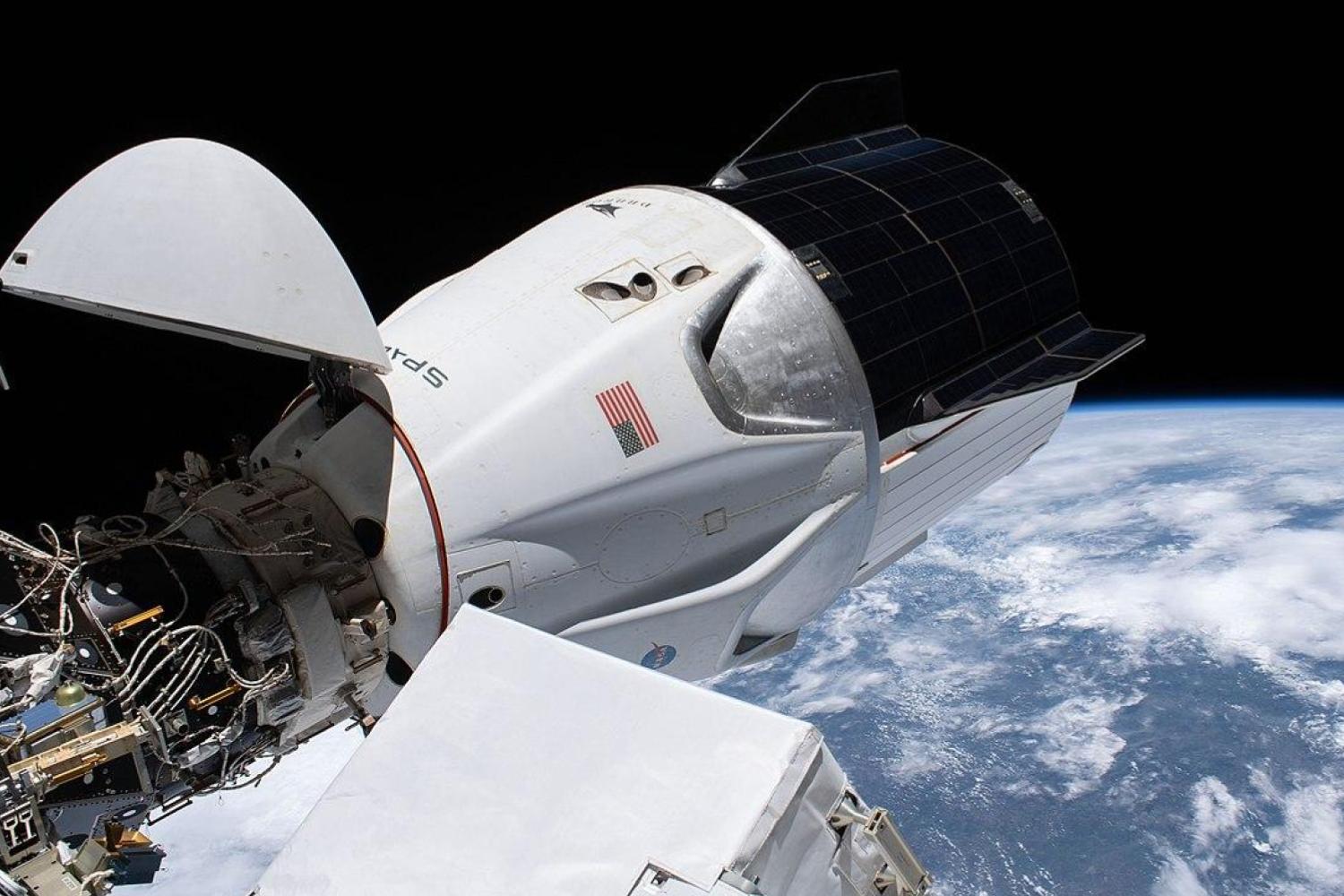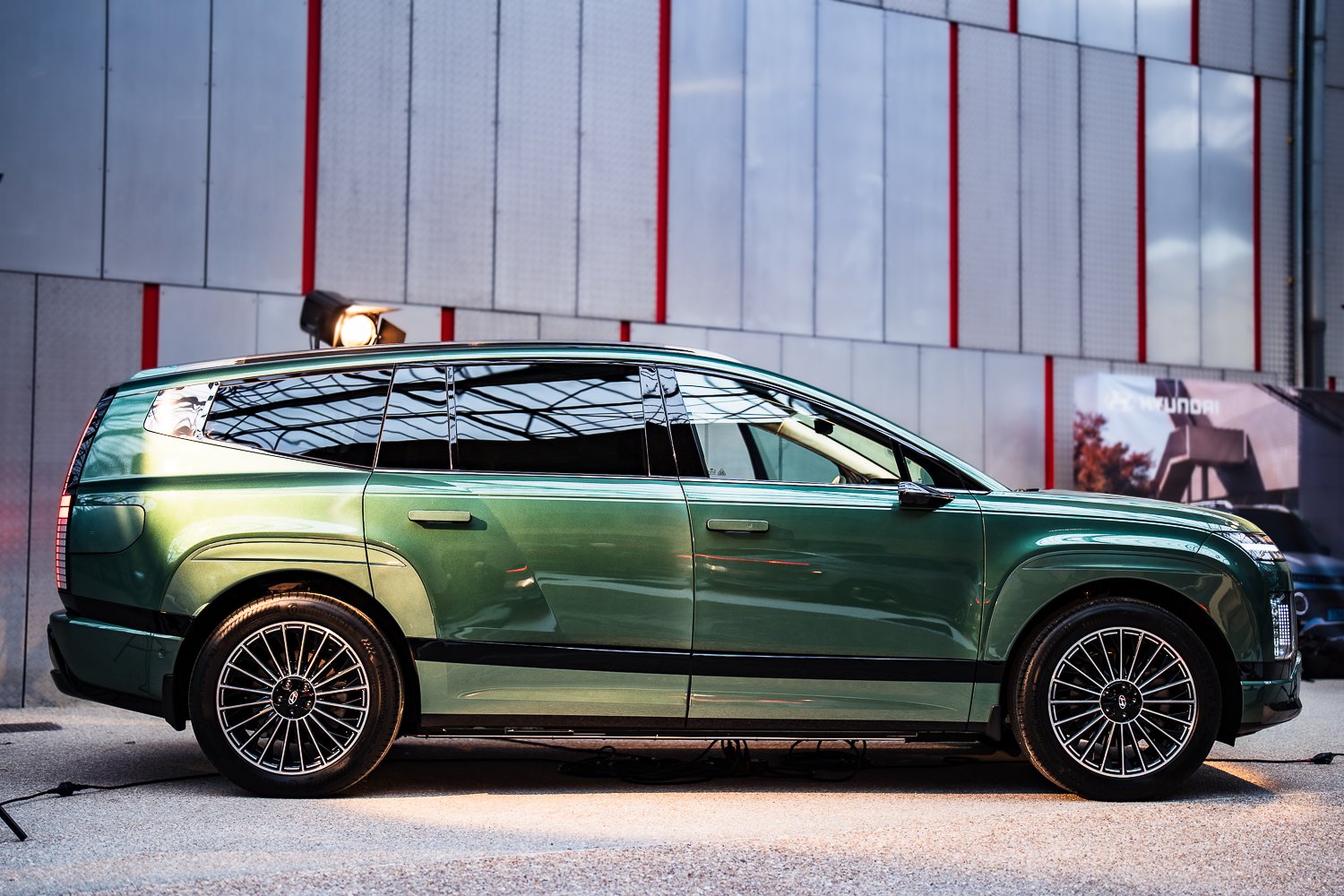Today, a SpaceX Dragon capsule docked with the International Space Station will carry out an unprecedented maneuver: it will start its engines without separating itself from the station in order to correct its orbit.
Technically, this is not the first time that a machine has carried out this type of maneuver. It is in fact a crucial part of station maintenance. In its home orbit, at an altitude of around 400 km, the ISS has not entirely exited the atmosphere. There remain a few air particles capable of generating significant friction, which has the effect of slowing down the machine. This effect is almost imperceptible from one hour to the next; but in the long term, it is anything but negligible, because it means that the station gradually loses altitude. It is therefore necessary to give it regular boosts to avoid catastrophic atmospheric re-entry.
An alternative to Russian machines
Traditionally, it is almost always Russian machines from the Progress family that have inherited this responsibility. But relations between the space agencies of the two countries have cooled significantly since the start of the invasion of Ukraine, to the point that the former director of Roscosmos, the sulphurous Dmitry Rogozin, suggested that Russia could abandon the ISS to its fate in the event of American interference.
Fortunately, the person ended up being fired by Putin himself before he could carry out his numerous threats. Since then, his successor Yuri Borissov has been much more pragmatic and cooperative. But the Russian contingent still intends to distance itself from the ISS and begin construction of its own station in 2028. The American agency therefore considered that it would be wise to have its own machine capable of boosting the ISS in the event of Russian withdrawal, if only as a precautionary principle. The Dragon maneuverthe first of its kind for a SpaceX machine, will therefore be a big step in this direction.
Preparing for the end of life of the ISS
But this initiative does not mean that the Dragons are preparing to take over from the Russian machines. Unless there is a new major friction, the latter will undoubtedly remain the guarantors of keeping the ISS in orbit over the coming years. In reality, the real objective of this mission is quite different. This is not just routine maintenance, and in fact it is quite the opposite; it is above all a matter of preparing for the deorbiting of the ISS.
To provide context, the ISS is an aging structure that is beginning to approach retirement. Even though it has played an absolutely central role in space sciences for more than 25 years, it is beginning to suffer from numerous structural problems linked to its old age. NASA therefore made the decision to put an end to this superb adventure; a machine specifically designed for the occasion will be responsible for slowing it down in order to permanently deorbit it within a few years. Last July, NASA officially declared that it had selected SpaceX to play the role of executioner.
Elon Musk’s company was tasked with designing a modified version of its Dragon capsulewhich has already joined the ISS on numerous occasions for resupply and crew transfer missions. This new model will be more imposing, and will benefit from a significantly more powerful propulsion system in order to be able to dislodge this 450,000 ton station from its perch.
But designing a new tailor-made propulsion system cannot be improvised. SpaceX will therefore take advantage of the next boost from the ISS to collect piles of data, in order to prepare this modified Dragon in the best possible conditions. This will avoid any unpleasant surprises on the big day.
It will therefore be interesting to follow this mission, which will undoubtedly be a formality for SpaceX, but also and above all the development of the tug which will pull the station towards its final resting place at the start of the next decade.
🟣 To not miss any news on the WorldOfSoftware, , .










